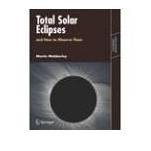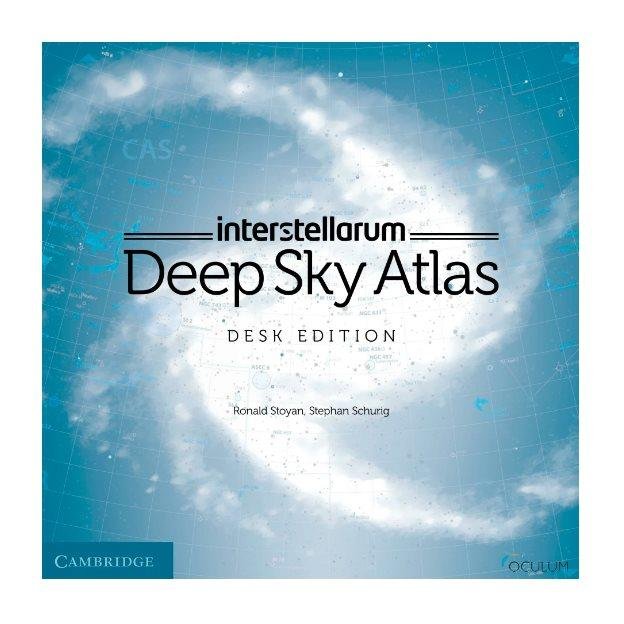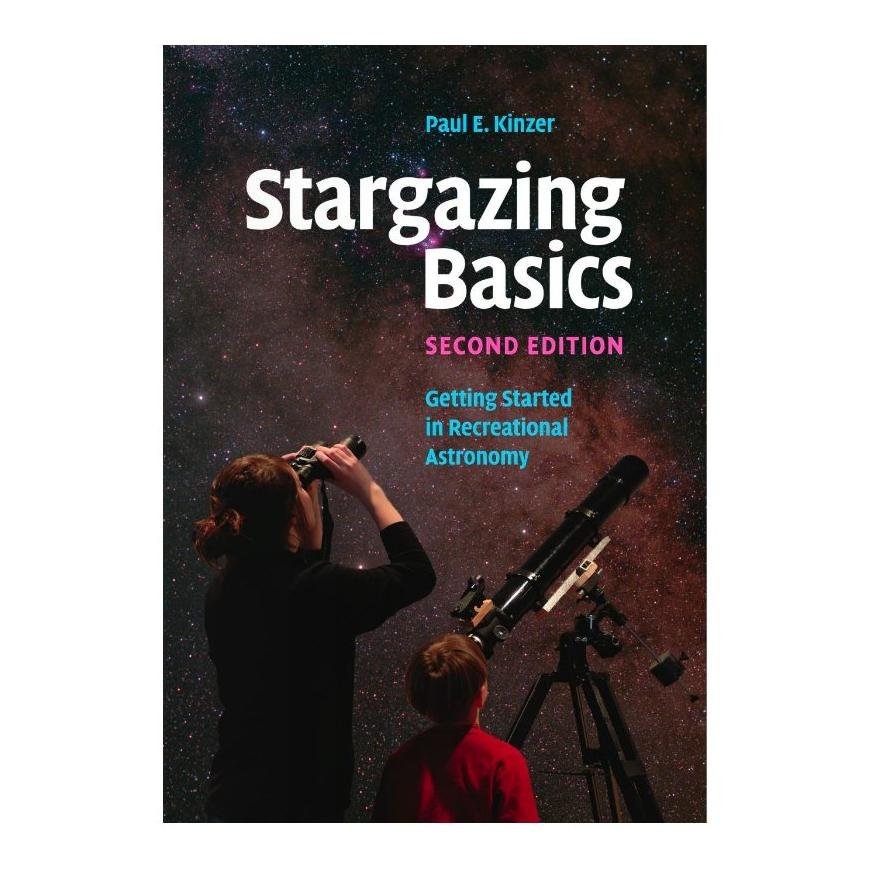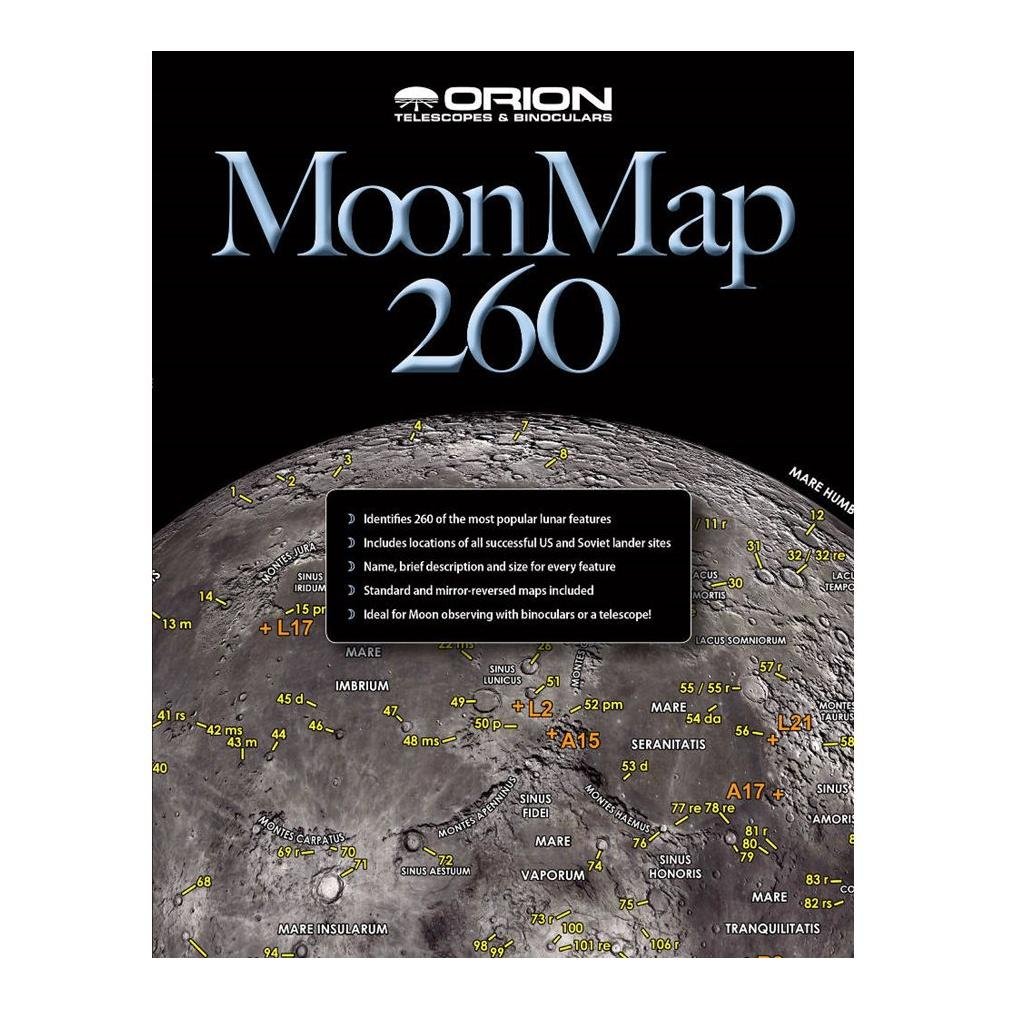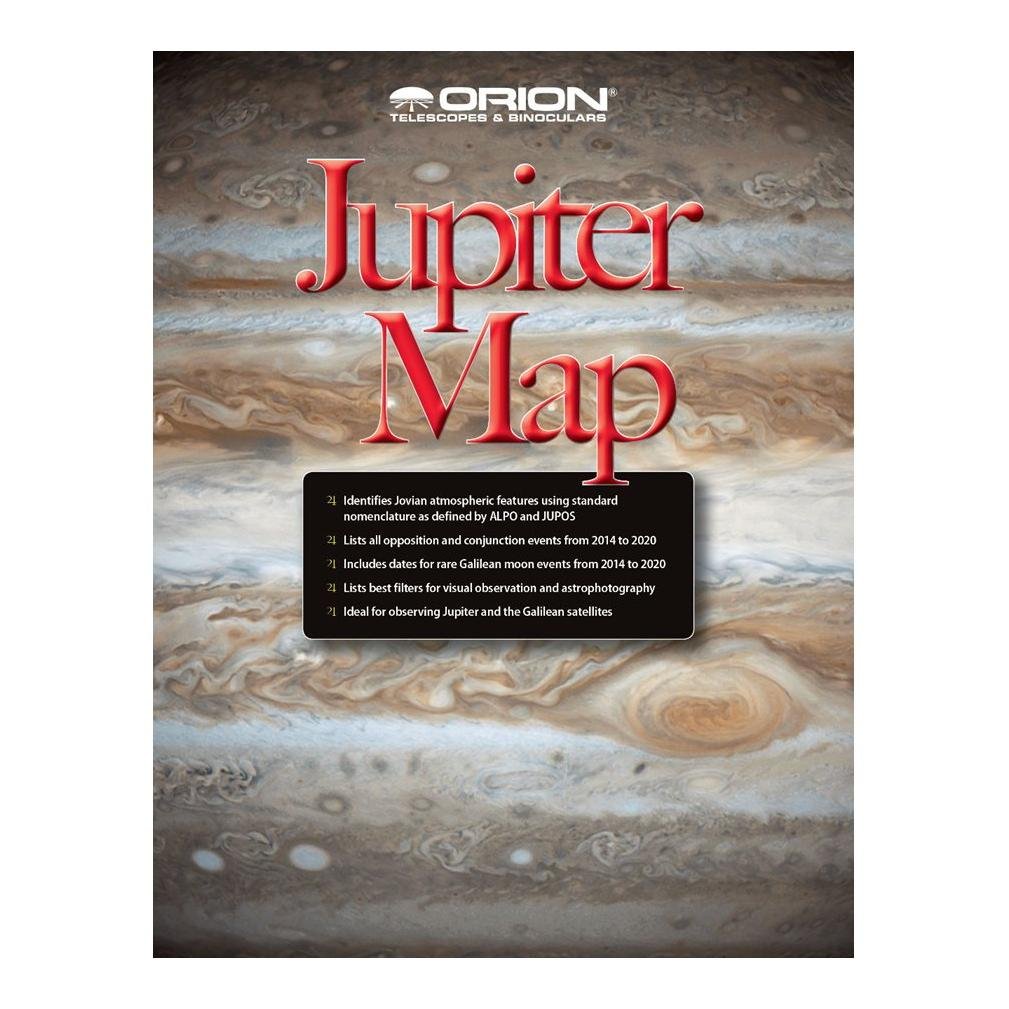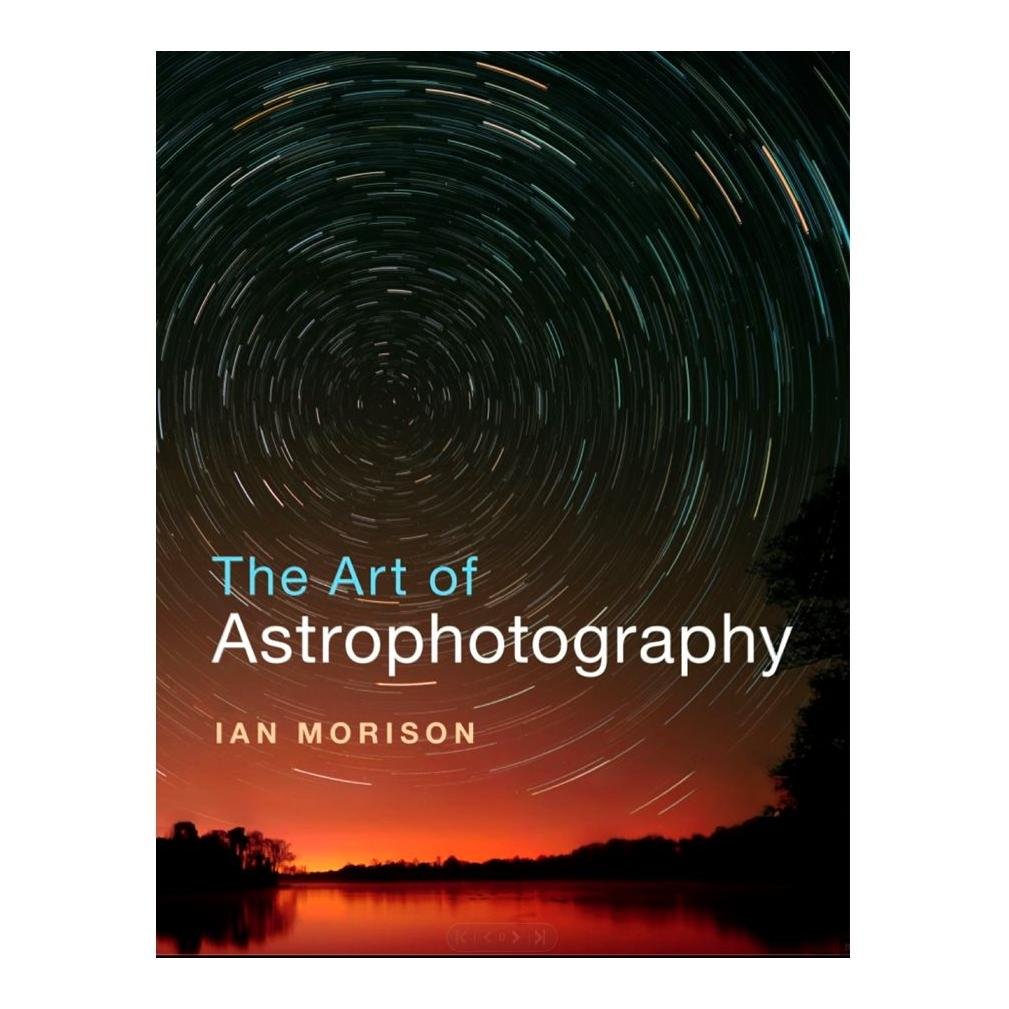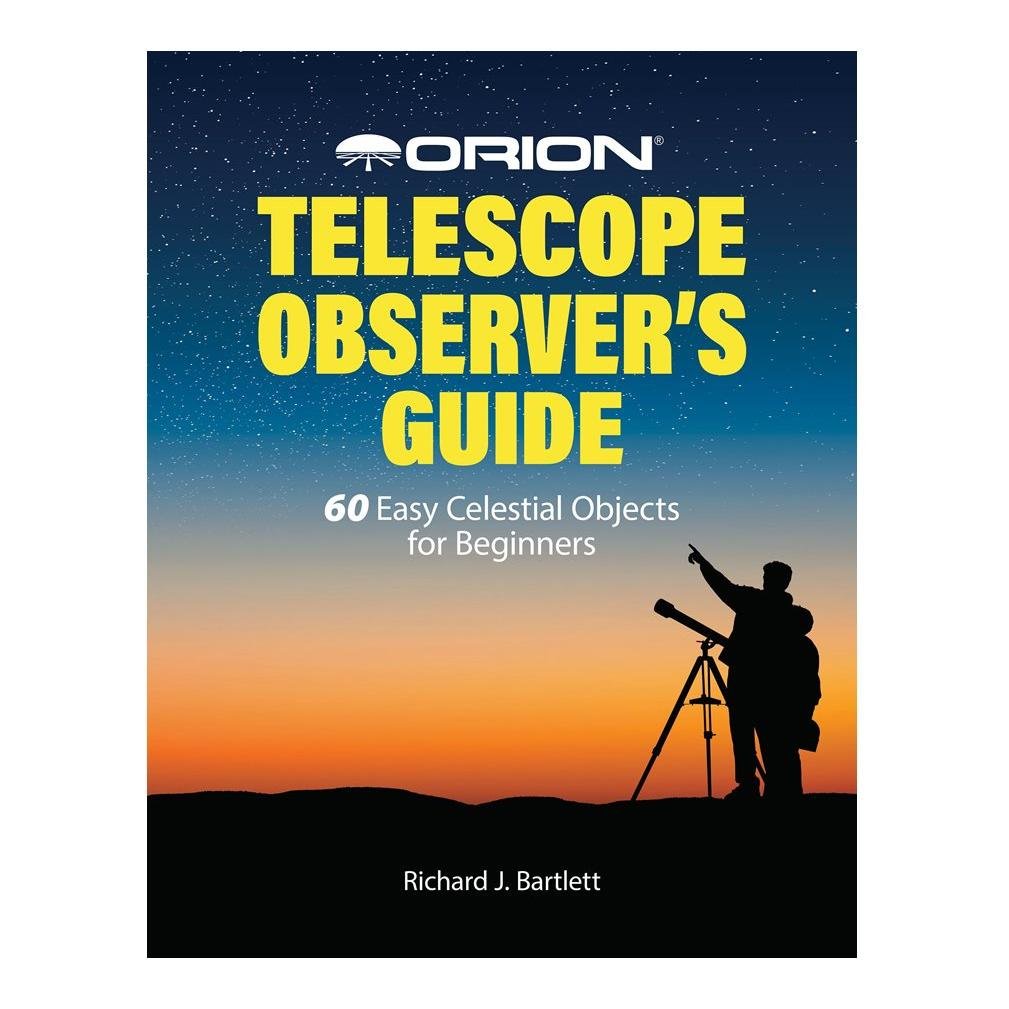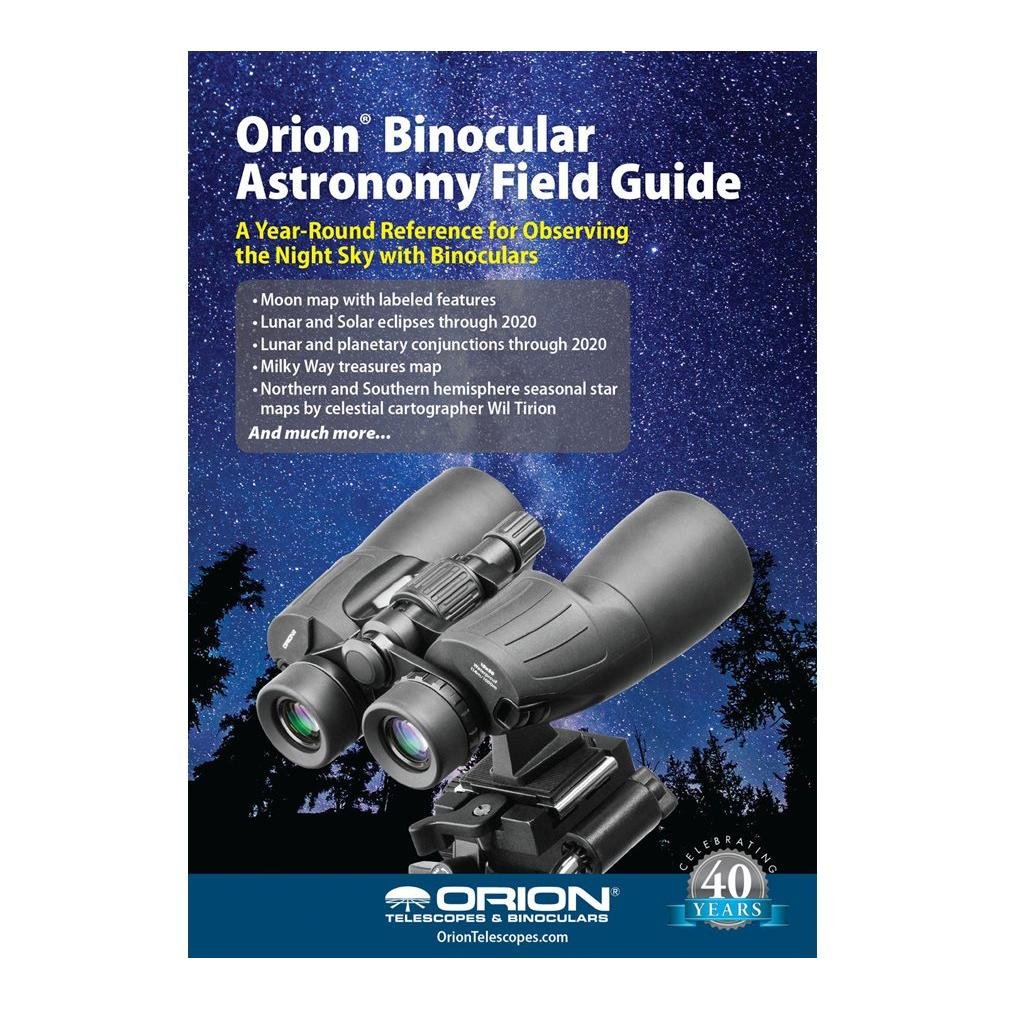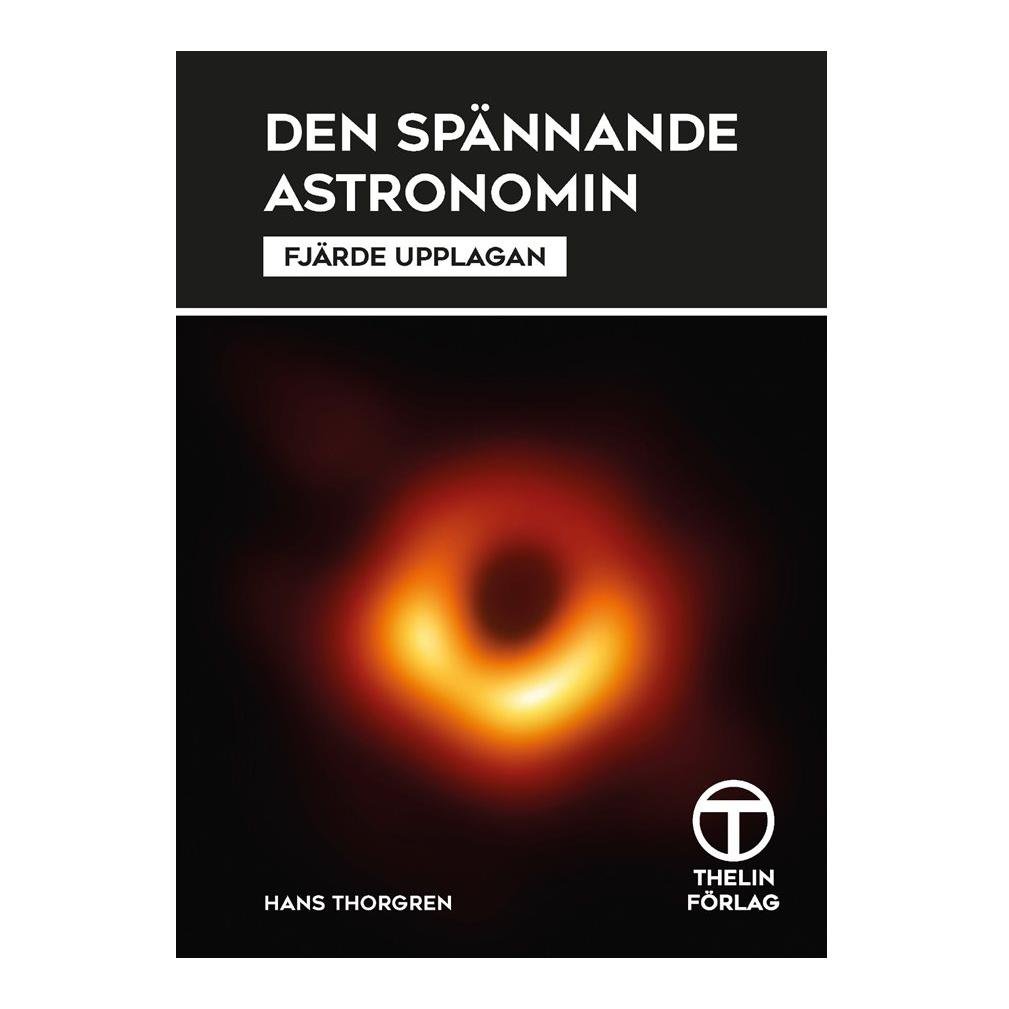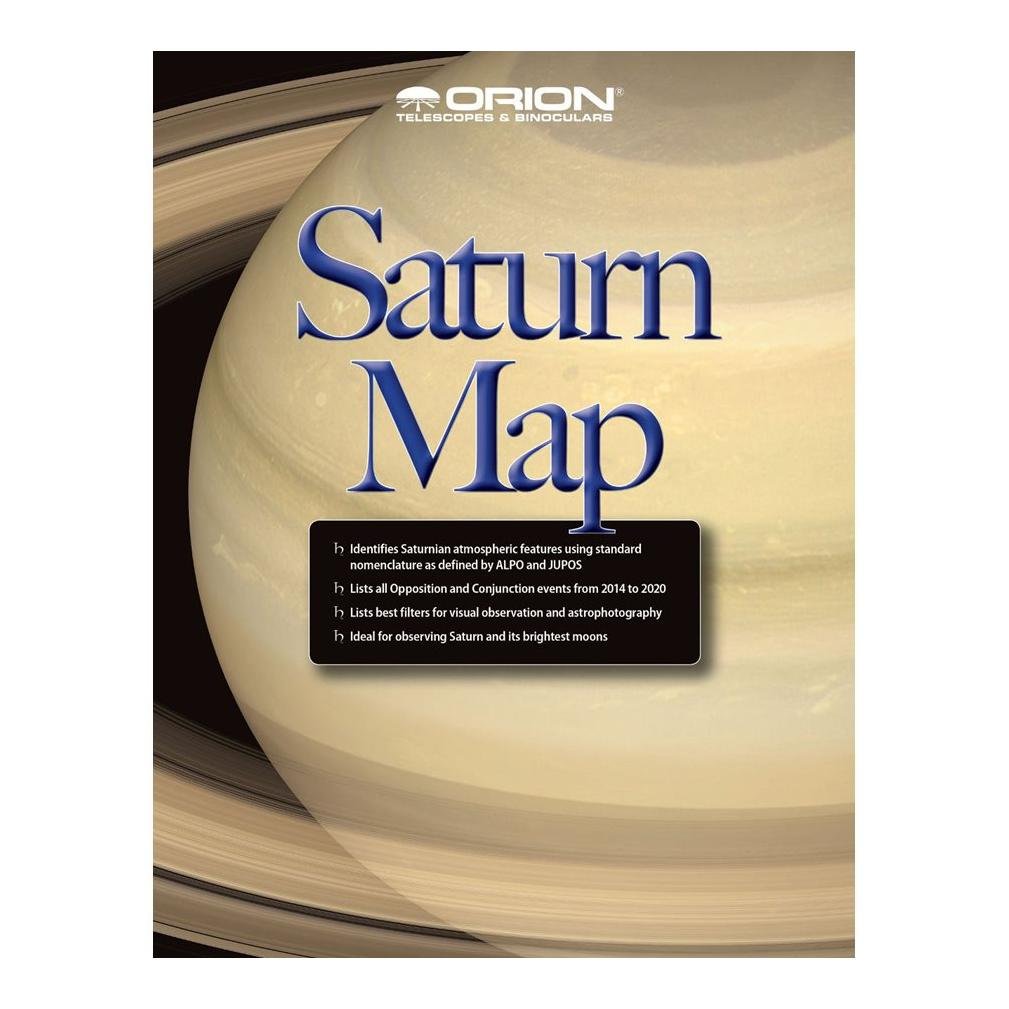Every total solar eclipse sees cruise ships or coach convoys, and frequently both, conveying to thousands of observers the narrow umbral track, where they can witness this rare and beautiful astronomical event, weather permitting. But for each total solar eclipse you get just a few minutes (or seconds) to make the most of the spectacle, savor it visually, and record the event.Total Solar Eclipses and How to Observe Them, Authors: Mobberley, Martin
* Describes the astronomy, science and physics of total solar eclipses, and the phenomena that can be observed only during a total eclipse.
* Enables members of the growing community of eclipse chasers to ensure that they have with them all the right equipment to observe or image a total solar eclipse.
* Describes what to expect during a total solar eclipse, in different conditions and in different locations.
* Describes previous eclipse expeditions, including a look at the less serious side: eclipse expedition disasters.
* Provides a checklist of where to go to see total solar eclipses for the next 15 years. Every total solar eclipse sees cruise ships or coach convoys, and frequently both, conveying to thousands of observers the narrow umbral track, where they can witness this rare and beautiful astronomical event, weather permitting.
But for each total solar eclipse you get just a few minutes (or seconds) to make the most of the spectacle, savor it visually, and record the event.
You have to get it right first time, which is where Total Solar Eclipses and How to Observe Them comes in. Here is all the information an eclipse chaser needs to ensure a trouble-free expedition. Martin Mobberley explains how to avoid equipment and set-up errors thousands of miles from home, advises on the right equipment to buy for observing and digital SLR imaging, and explains the crucial points to address when traveling abroad with astronomical equipment.
The first part of the book contains a wealth of information about total solar eclipses themselves: how and why they happen, related physics of the Sun, the alignment geometries, and, of course, the astronomical features that can only be witnessed when our Moon precisely covers the solar disk.
Läs mer om Total Solar Eclipses and How to Observe Them

Hitta Astronomi även hos:
